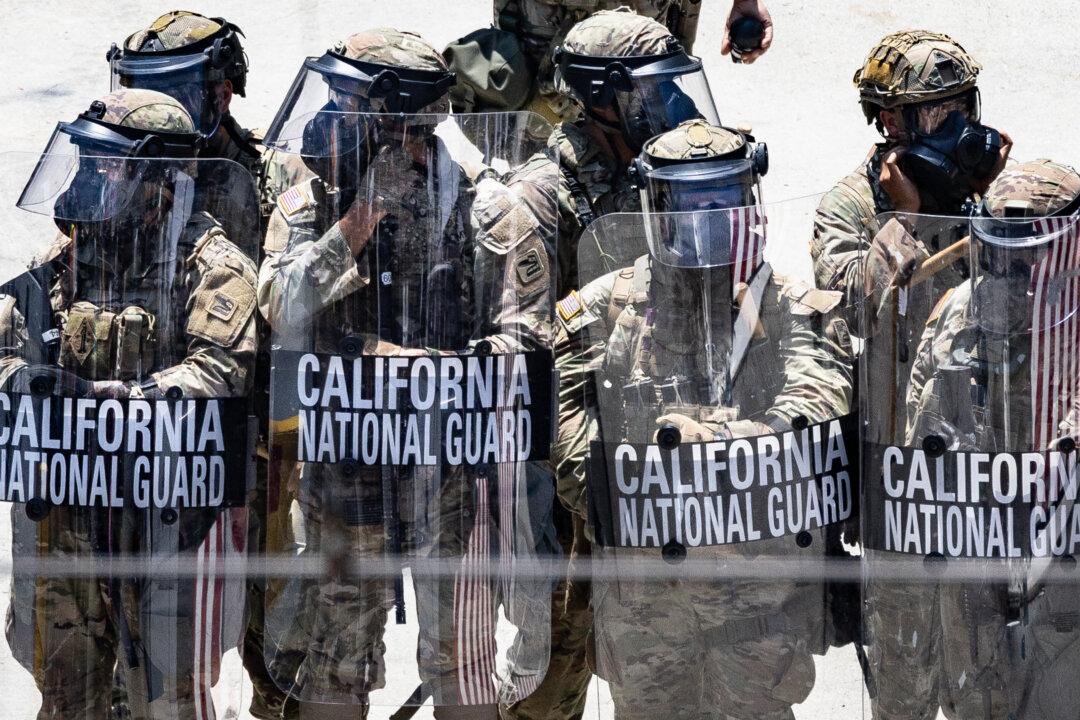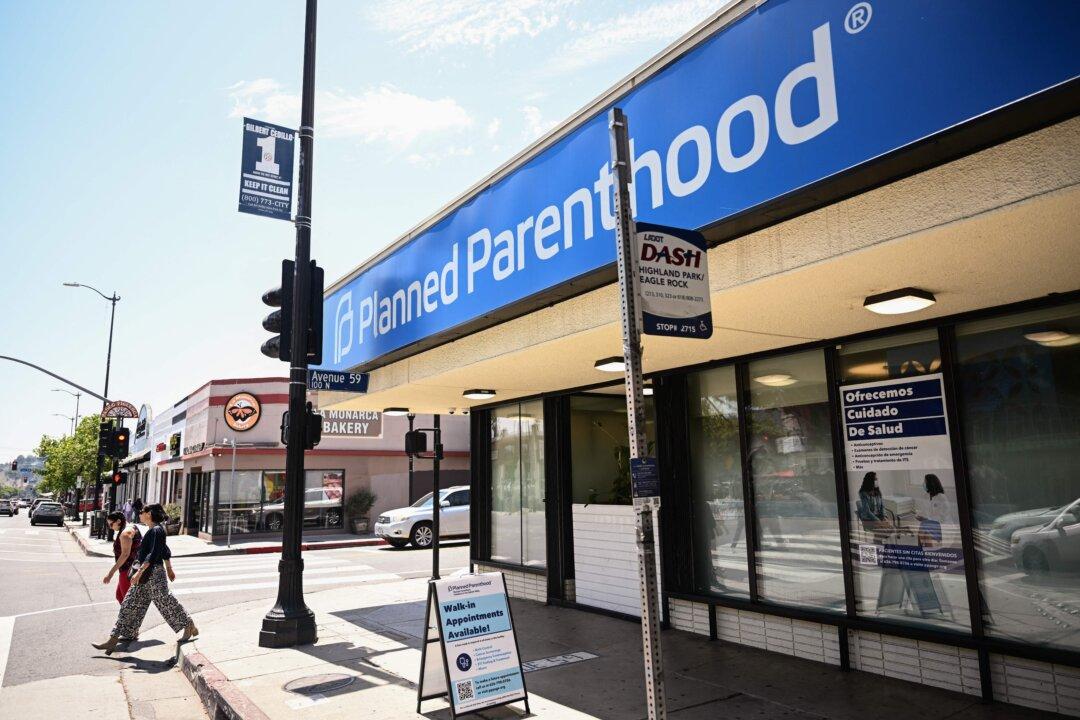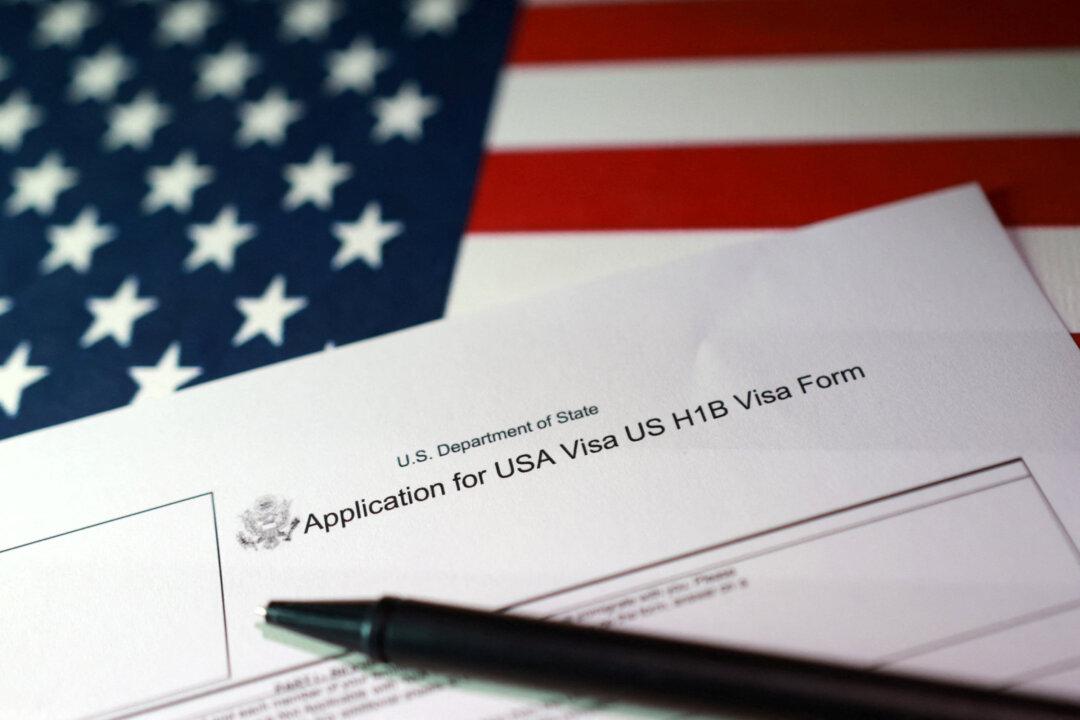The Trump administration created a good program in 2017 to protect U.S. workers by cracking down on employers that abuse temporary visa programs to bring in cheap labor from abroad but it needs to do a lot more, panelists at a discussion hosted by the nonpartisan Center for Immigration Studies said April 2.
“With the virtual shutdown of much of the U.S. economy, American workers are hurting, and jobs are scarce,” said Andrew R. Arthur, a resident fellow in law and policy at the Center for Immigration Studies (CIS).





